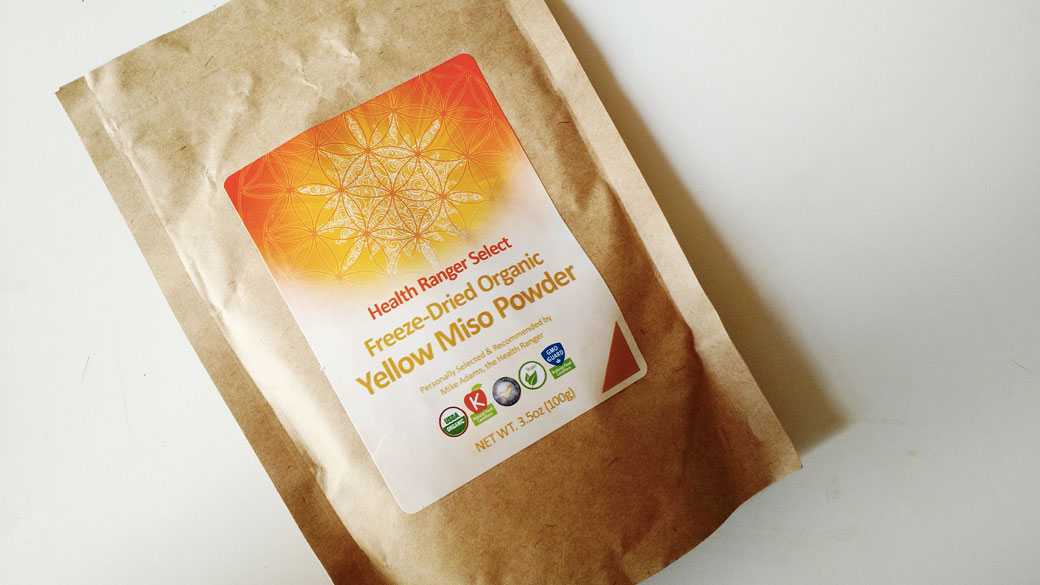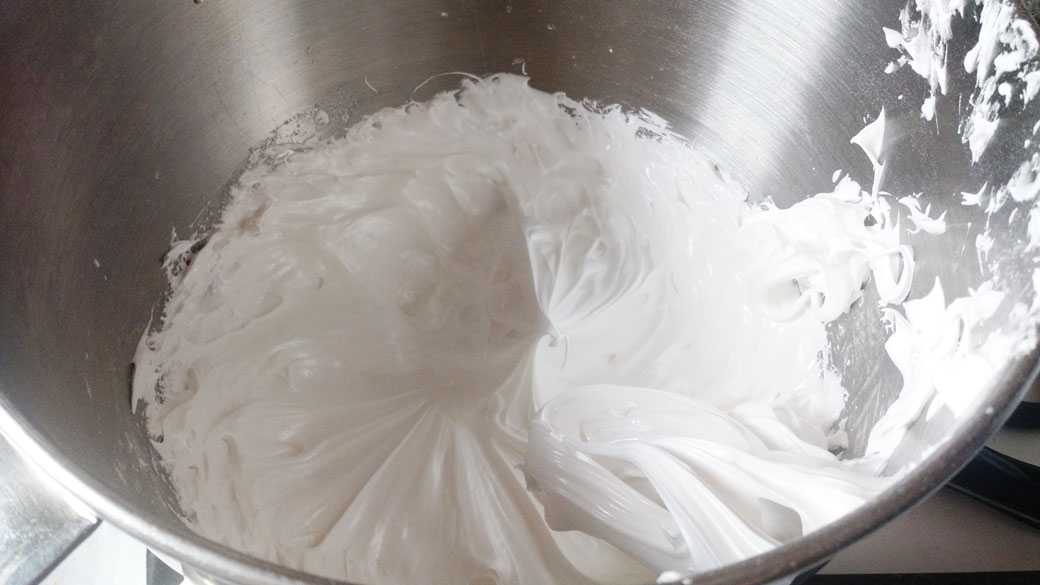Miso Meringue
A lot of you may have seen from my Instagram that I put a "miso" meringue on my final menu for culinary school. How weird is that? I actually got the inspiration from a Shake Shack dessert item last summer for a miso caramel shake.
I love the idea of putting something that is usually savory on a dessert menu. I think if you add enough sugar to something, it eventually starts tasting like dessert (usually). I remember in culinary school, we had a chef that talked to us about how difficult it was to use umami (the 5th flavor) in dessert. I remembered her talking about the flavors on the flavor wheel - sweet, salty, bitter, sour and umami - and how it was her goal as a pastry chef to try and include as many of those flavors in dessert as possible. She said although desserts are predominantly sweet, to pique tastebuds, a good dessert should try to include many of the other flavors as well. The only one that was hard to incorporate was umami and that was my goal with the miso.

I actually baked my meringue as flat sheets and ripped them into shards to decorate my dessert, but it works the same if they are piped into small cookies. One thing that I found really useful was to bake (more like dry) the meringues on a wire rack, so that there would be air circulating from the bottom and the top. There's nothing hard with meringues, but if you baked them at too high of a temperature - say over 200 degrees Fahrenheit - most recipes actually say 250 degrees, but mine burned at that temperature - they end up browning and you get this slightly bitter caramel undertone to it. The secret is low and slow. Depending on how accurate your oven is, aim for about 190-200 degrees. Keep checking and feeling the meringues.

I ended up leaving my meringues in the oven for a good 3 hours and then leaving them in there to dry for another hour. I know it's a bit extreme. Nobody wants to wait that long, but it does ensure the lightest and crispiest meringues that don't have a tinge of color to them. The flavor you're getting is exactly what you flavored it with, which brings me to my last point. I put 2 teaspoons of yellow, freeze-dried miso powder (order on Amazon) in the recipe, and that was the perfect amount to taste miso, but not have it be overpowering. A more adventurous me would have gone with a bit more, but I worried about other judges not sharing my palate. I do standby that 2 teaspoons was and still is the perfect amount, but if you're not sure, taste the meringue before baking it to see if you want to add a bit more.
Lastly on storage - depending on how humid of an environment you are in, usually storing in an airtight container will do, but I actually took a paper towel and filled it with about 1 tablespoon or so of cornstarch, wrapped it up into a packet, and put that into the container as well. I just wanted to ensure the meringues were stored in a dry environment and that seemed to help.
Miso Meringue
- 2 large egg whites, at room temperature
- 1/8 teaspoon cream of tartar
- 1/4 cup + 2 tablespoons sugar
- 2 tablespoons confectioners' sugar
- 2 teaspoons yellow miso powder, freeze-dried
Directions
- Preheat oven to 200 degrees Fahrenheit.
- In a mixing bowl with the whisk attachment, whip egg whites and cream of tartar on medium speed until foamy.
- Add in sugar and turn speed to high. Whip until stiff peaks.
- Fold in miso powder and pipe or spread a sheet 1/4-inch thickness onto parchment.
- Place parchment onto a wire rack and bake for 1 1/2 - 3 hours or until meringues are dry. Turn oven off and leave meringues in for another hour. Meringues can be stored in an airtight container for several days.
photo attribution: (main photo) creative commons - veganbaking.net